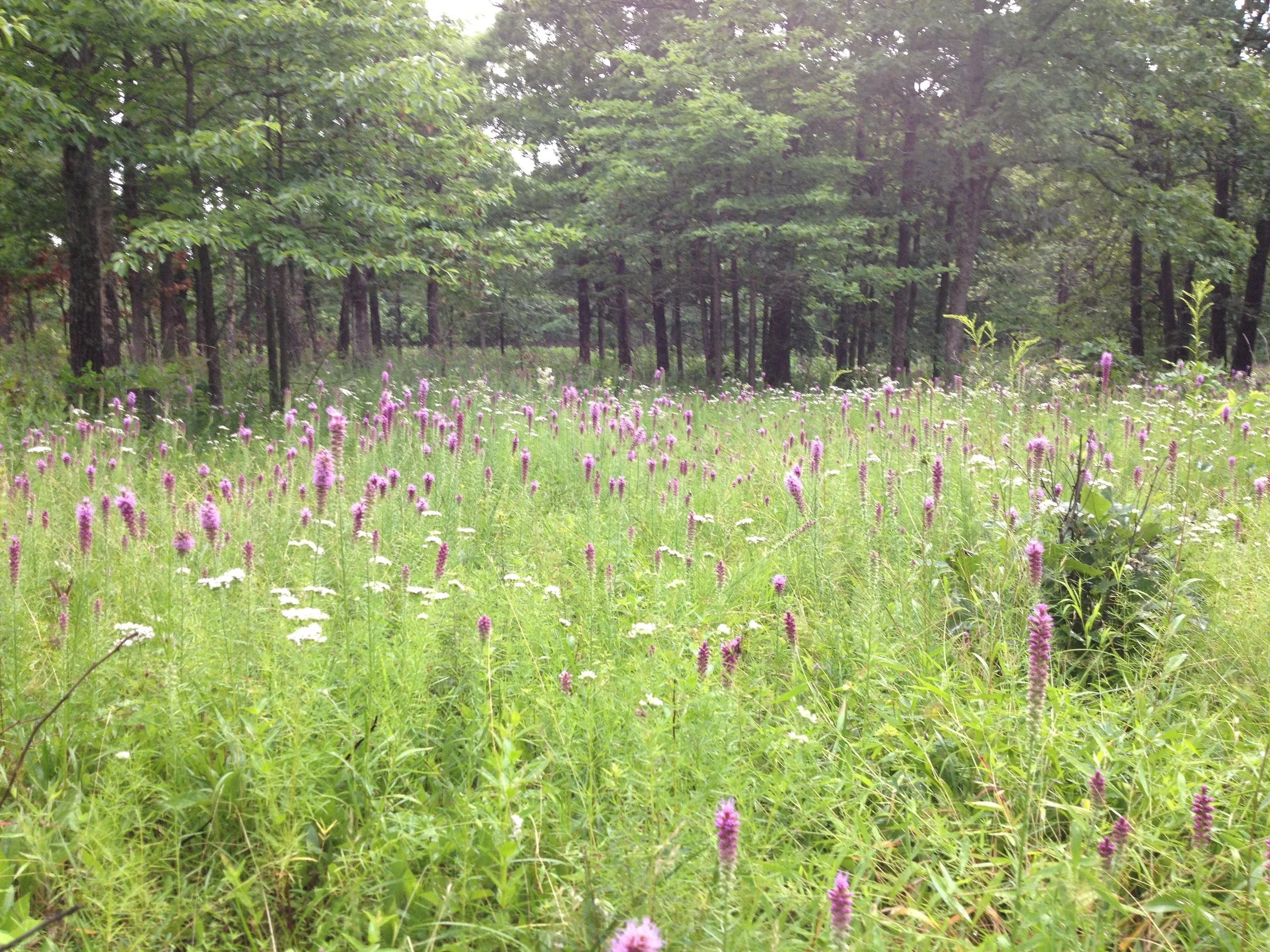Did you know that trees can play a vital role in some types of grassland communities? Approximately 200 different types of grasslands have been identified in the Southeast and several of those grassland communities include trees. This fact often surprises people because of our common view that grasslands are completely devoid of trees. In this photo essay we are celebrating some of the grassland communities that include trees, as well as some of the plants and animals that make up those communities.
Southeastern Grasslands Provide Valuable Habitat for Frogs and Toads
When you think of grasslands, are frogs and toads the first thing you think of? Probably not. In all likelihood, they aren’t anywhere close to the first things you think about. However, grasslands and grassland-related ecosystems are home to approximately 40 species of frogs and toads in the Southeast.
Home is Where the Grassland Is
As a botanist with the Virginia Natural Heritage Program, it was becoming clear to me that Virginia was losing its grassland flora, and so in 1992 after construction of my house, I began some pretty intense vegetation management on a couple of acres around the house. I wanted to watch how the understory vegetation might develop and it seemed to be a wonderful way to enjoy and learn from the land around my home.
Six Good Clues that a Southeastern Grassland was Here
It was on the northeastern edge of the Southeast that Euro-American settlers first began the slow process of obliterating the ancient grasslands, and the loss of these ecosystems spread from here to the south and west. Many of these grasslands were gone before they could be described, studied by naturalists, painted, or photographed.
#6 Southern Ridge and Valley Dolomite Seep
#5 Interior Plateaus Limestone Riverscour Glade
This blog post is dedicated to the Highland Rim Limestone Riverscour Glade. This community is a type of glade, which is a rocky grassland/shrubland community that is found along just a few rivers in the Interior Plateaus ecoregion of central and east-central portions of Tennessee and Kentucky, southern Indiana, southern Ohio (?), and historically northern Alabama.
#4 Cumberland Plateau Sandstone Riverscour Barrens
Most natural grasslands of the world are maintained by fire, grazing or climatic factors (e.g. lack of rainfall, persistent cold/freezing in tundra), but in the depths of some of the deepest river gorges of Southern Appalachia are poorly known flood-maintained grasslands known to community ecologists as riverscours.
#3 Nashville Basin Limestone Savanna
#2 Blue Ridge Montane Basins Shortleaf Pine-Post Oak Savanna
The Blue Ridge Montane Basins Shortleaf Pine-Post Oak Savanna (found in portions of southwestern North Carolina near Hayesville, northern Georgia, and extreme southeastern Tennessee) is extremely poorly known. One of the earliest (1818) references to vegetation from this region recorded shortleaf pine and post oak. A high incidence of shortleaf pine and post oak would suggest adaptation to fire.
#1 Blue Ridge Serpentine Barrens
One of the rarest of all grassland types in the world is the Blue Ridge Mountains Serpentine Barrens! This community is represented by just a couple of examples in western North Carolina. The heavy metals in the soil resulting from the underlying serpentine rock combined with shallow soils, make these steep mountainsides more suitable to open woodlands and grassy barrens instead of forests.




